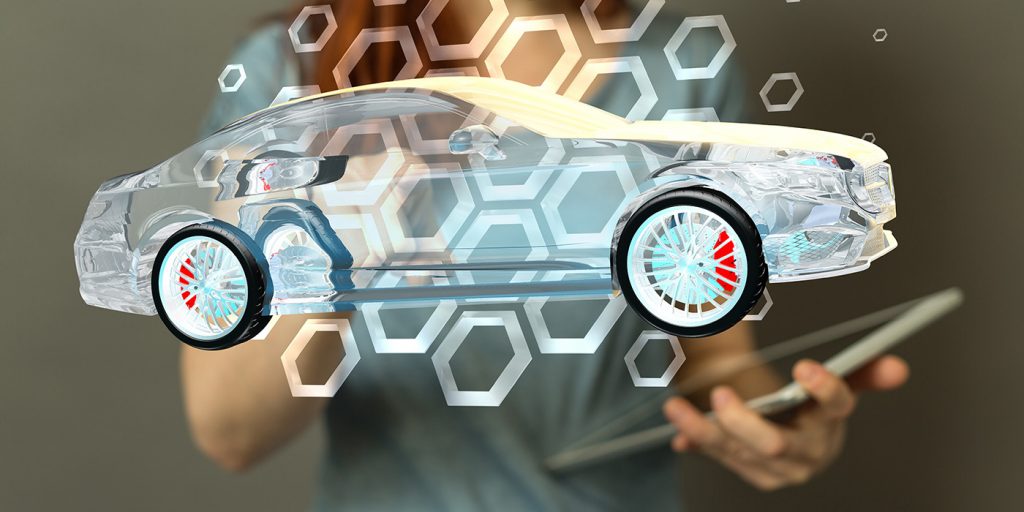The concept of the “Last Mile” has been central to the success of many emerging businesses, as well as the transformation of entire industries in recent years.
For example, the term “Last Mile” is used in supply chain management and transportation planning to portray the final part of a journey comprising the movement of people and goods from a transportation hub to a final destination.
The term originated in the telecommunications industry, which faced enormous challenges connecting individual homes to the main telecommunications network.
Last Mile is a differentiator and helps improve the consumer experience. Amazon.com has perfected the Last Mile as part of a comprehensive transportation network of people and packages from hubs to final destinations and has become a benchmark in business best practice. Last-mile delivery has seen explosive growth in business to consumer (b2c) deliveries, from e-commerce companies in freight transportation to ride-sharing companies in personal transportation.
In the world of automotive, data is now the “Last mile.”
Where is the Last Mile in automotive?
All stakeholders in the automotive industry, manufacturers, auto lenders, marketers, retailers and data companies, have built their own suite of technologies to facilitate modern retailing that seamlessly connects online shopping with the showroom. However, it’s the complete, timely and accurate data that represents the industry’s Last Mile. A complete data set intrinsically connects each of the stakeholders, correctly, in a central hub, which facilitates a transparent, frictionless and much improved customer experience, regardless of where the consumers are in their shopping journey.
Don’t get me wrong, this industry has had plenty of data for a long time, and a vast majority of this data does a great job of telling you what the trends were 90 days ago. However, all of that data without science is just noise. Now, however, there is a platform that ties together all the pertinent data points necessary to arrive at a scientifically perfect, transactable solution for the customer.
Today, each of the primary areas of the industry has access to the most powerful analytics platforms ever created to make educated, tactical and profitable decisions — all for the benefit of the customer.
The need for scientifically-powered data
The best solutions today are designed to empower and enable retailers to excel in modern retailing, and revolutionize the way manufacturers and lenders work with agency partners and technology providers to construct consumer offerings that win market share — without overspending.
What’s empowering and driving this ecosystem of modern retailing for automotive is a comprehensive database containing every parameter, policy and factor that can influence an automotive sale or lease transaction. A scientifically perfect payment quoted to a consumer is incredibly complex as it must take into account a myriad of critical factors, including every lender program, every manufacturer rebate and incentive, every municipality tax and fee, and every term and condition, under which each retailer is willing to transact.
You may wonder why we need scientifically-powered data to connect everything? Because today’s consumers are smarter than ever and they have plenty of tools at their disposal that help them make their decisions easier. What’s more, they have more options than ever before to find a car or truck outside of a traditional retailer. It all hinges on artfully combining science and technology with the right data, and this Last Mile of data is now being used to connect shoppers with the right car — at the right price and payment.
It’s no surprise that price and payment negotiation remain among the most important aspects of the car shopping experience for consumers. A recent survey commissioned by Market Scan showed that nearly half of all respondents (45%) say price and payments matter to them the most.
Solving the Last Mile disconnect with consumers
The disconnect between shopping online and the experience at a dealer showroom also remains a major headache for many. In fact, when it comes to online shopping, 49% said they need to restart the entire process when they arrive at the dealership after doing all their homework online, ahead of time. Furthermore, 43% are frustrated that there are still discrepancies between the online offer, and the one they are presented with at the dealership.
Why does this matter? Twenty-one percent of shoppers say they begin to lose trust in their dealer when the discrepancy between the online offer and showroom offer is $50 or less per month. In parallel, 21% said they will actually walk away from the deal if the discrepancy is $50 or less per month, and 48% said they will walk if the difference is less than $75 per month.
This isn’t all the dealer’s fault, by the way. When dealers aren’t seamlessly connected to their OEM and lender partners, or their agency and technology partners don’t use the correct data, the whole system falls flat and the customer experiences the disconnect.
What ensues is a scenario in which the offer presented to the customer online is different from the one they receive in the showroom. And, for 48% of these customers, it’s enough to make them walk away from the deal.
It’s time for everyone in the automotive industry to embrace that combining science and technology will enable us to deploy and leverage the right data, so we can all have our “Last Mile” moment that has transformed other industries altogether.













